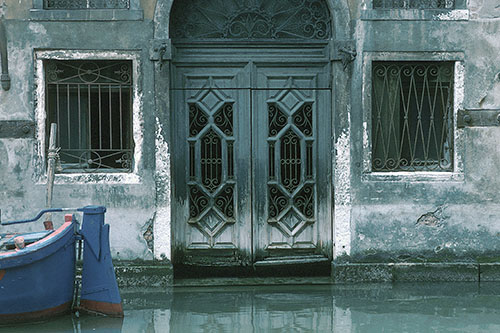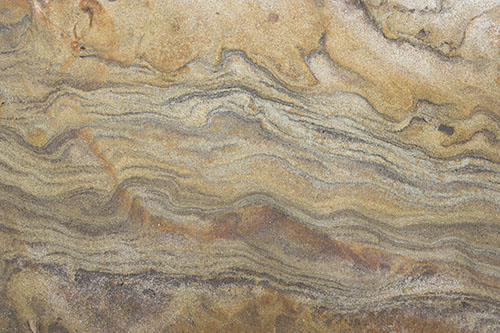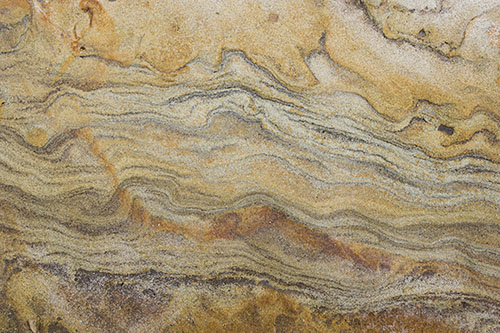| I am often asked if the color of a specific photograph
is real or not. My answer is always the same. Yes, it is real.
The reaction from the person asking the question is usually one
of disbelief. They beg to differ. To them the color is not real.
To me it is real. Who is right?
The answer is we are both right because in the absence of the
actual subject to compare the photograph to we are left with
our personal memories of this subject and, as we all know, memories
are by nature subjective. Let me explain.
Photographic representations can be divided in two categories
when it comes to veracity in regards to the subject being photographed:
Literal and subjective representations.
Literal representations are images whose goal is to comes as
close as is humanly possible in terms of representing the subject.
The example I often take is having to photograph a box of Kellogg
cornflakes as assignment while being hired and paid by the Kellogg's
company. The expectations that are placed upon you, the photographer,
is that you will photograph this box of cornflakes in the most
literal manner possible so that when this photograph is used
in an advertising viewers will be able to recognize this box
and find it on the shelf of their local supermarket. The colors
have to be right on and so does the shape, dimensions and overall
appearance of the box.
Furthermore, both customers and Kellogg's executives will compare
the appearance of your photograph to that of an actual box of
Kellogg corn flakes so that if the two differ in a significant
manner you will be asked to re-photograph this box until you
get as close to a perfect match as possible. This process is
easy since the executives have both the box of cornflakes and
your photograph side by side.
In contrast take a look at the photograph above. How can you
actually compare this photograph to the real subject, i.e. the
Grand Canyon? There is no way that I can provide you with the
real thing. And, if you go to the Grand Canyon yourself and take
my photograph along with you, the weather will most likely be
different on the day you are there than it was on the day I was
there.
Furthermore, and definitely more importantly, what does it matter?
The goal here is not to sell boxes of cornflakes. The goal is
to share my vision of the Grand Canyon. My goal, to return to
the title of this essay, is not to be literal but, on the opposite,
to be expressive. My goal is to express how I feel about the
Grand Canyon on the particular day I photographed it.
So, is it real? If you mean real in the sense of being a literal
representation of the subject the answer is no. I made no attempt
to duplicate the exact color of the rock formations, of the sky
or of the grass and pebbles in the foreground. However, if you
mean real in the sense of being faithful to my perception of
the Grand Canyon the answer is yes, most definitely.
One definition of fiction that I very much like goes like this: "Is
it real? Yes. Did it happen? No." In other words, and according
to this definition, fiction has all the qualities of reality
with the exception that facts, characters and events are imaginary.
Maybe this is how we should approach expressive photographic
representations?
Note by Uwe Steinmueller
First of all I clearly share Alain's view and
want to thank him for opening this discussion.
He used the term "expressive" and I find this
an important notion in the context of photography and especially
color photography. Whole generations if film have been developed
to provide the photographer with "expressive" colors. Nobody
would use Velvia to reach a truthful color. In the digital world
we are more on our own and have to create a personal and hopefully
expressive color palette. Of course each artist (here photographer)
will
chose his/her own personal palette.

Venice, Italy 1977
This is one of our earlier scans
from Kodachrome 25 slide film. We love this photo and have a
20" wide print in our hall way. We think that the colors are
probably not truthful but definitely expressive. This picture
shows the essence of this dead/living city: Venice. Could we
check the facts in Venice? This is not possible as the scene
is long gone. Either by renovation or further decay.
We like to photograph many scene
(e.g. rock patterns) in overcast light. This results in images
like this without further processing:

Flat image
For us this flat image does not
represent the spirit and reason why we took that photo although
it maybe very close to "real". We don't care whether it is
real but want to recreate the scene as we anticipated it.

Some more contrast
More contrast brings such photos
to life.
Note on
Printing: As you cannot see the right color on a screen
and in small magnification you have to fine tune your colors with
sample prints.
Please share your own ideas or vision with
us and the other readers by posting in our news groups.
|